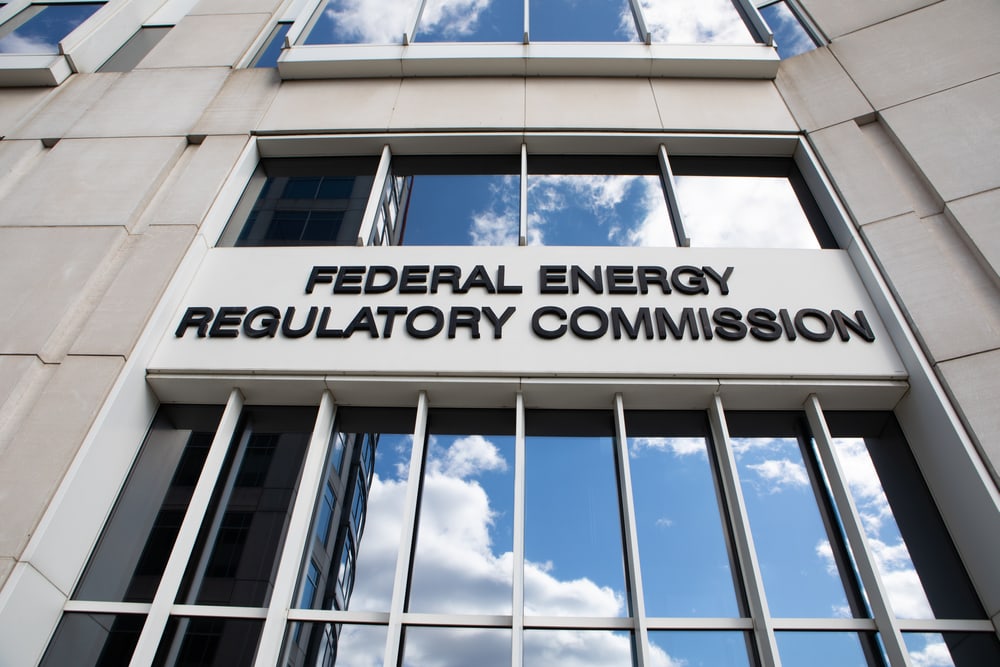Report: Public land a ‘financial asset’ on US balance sheet
CORTEZ, Colo. – In states like Colorado, it doesn’t always have to be “the economy versus the environment,” according to a new report that suggests some free-market reasons to preserve public land. Its author, Ryan Cooper, resident fellow at the R Street Institute, visited seven gateway cities for outdoor recreation, including Cortez, Colorado, and Moab, Utah.
According to Cooper, what is often overlooked is the economic worth of the West’s most scenic vistas, land he predicts will continue to increase in value over time, by virtue of remaining pristine.
“This is a valuable asset, in the most hardcore, economist-y sort of way; this is like a big, positive thing on our balance sheet,” he declared. “It’s not just some hippy-dippy, spiritual gobbledygook that we can’t afford. It’s hard currency.”
The report says Master Leasing Plans allow for up-front planning of energy development and recreation, both of which benefit local economies. And it recommends what Cooper calls a “government-lite” approach to public lands, that federal priorities should be to keep recreation destinations in good shape and easily accessible.
The marketing director for Osprey Packs in Cortez, Gareth Martins, said he agrees, and that their location isn’t just a prime recreation spot: it’s where they test the outdoor gear they manufacture.
“We believe in a balanced approach to the extractive industry,” said Martins. “We don’t want to see it managed in a way where it becomes detrimental to our public lands, whatsoever.”
In addition to Colorado and Utah, Cooper studied communities in Arizona, Idaho, Oregon and Washington.
The report says the places where the recreation economy works best are those where local government and private businesses forge good relationships with the federal land management agencies, something Cortez is still working on.






